Technologies
Nothing Phone 3A Pro Review: Flashy Design Is the Cherry on Top
With solid overall performance and an affordable price, Nothing’s Phone 3A and 3A Pro may be the midrangers to beat.
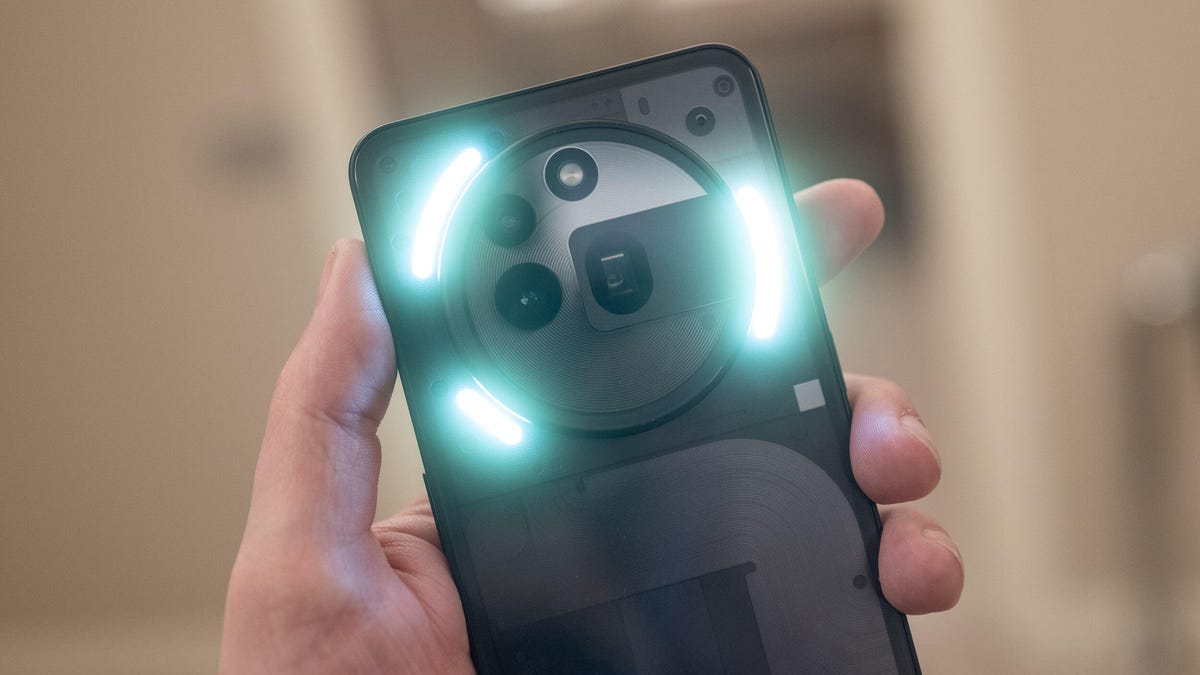
The Nothing Phone 3A Pro is cut from the same cloth as the rest of London-based Nothing’s handsets. This midrange Android phone packs solid specs and a suite of flashing LED lights and tops it off with an affordable price tag. It has a lot to offer, but competition in the midrange market has never been more fierce, with Google’s recent Pixel 9A promising similar all-round performance for a closely matched $499 price.
Nothing actually offers two phones in its 3A range; the base Phone 3A and the slightly more premium 3A Pro, which I tested for four weeks for this review. The phones are nearly identical, with the processor, display and batteries shared between them both. The 3A Pro adds in a more capable camera setup, which includes a telephoto lens.
At a time when Google, Samsung, Motorola and Apple are all releasing affordable phone options for their customers, Nothing’s 3A and 3A Pro stand out for their attractive design, excellent value and solid cameras, especially as the US puts tariffs on imported goods.
Read more: Best Android Phone of 2025
The Nothing Phone 3A starts at $379 with 12GB RAM and 256GB storage. In the UK, you can pick up a pared-back model with 8GB RAM and 128GB of storage for only £329, or get the 12GB/256GB model for £379. The Phone 3A Pro costs $459 (£449) for the 12GB/256GB model.
Both phones pack a lot of value for their cost, and have plenty of power for everyday tasks, vibrant displays that are great for gaming and cameras that are good enough for casual snaps on your days out in the summer sun. How they stack up against the new Samsung Galaxy A series and Pixel 9A remains to be seen when we’re able to finally test Google and Samsung’s newest budget phones.
Nothing Phone 3A’s flashy design
The design is the first thing that stands out about these phones. The glass back reveals screws and data ribbons, giving it an industrial look that I quite like. It might not be the style I’d choose in a phone, but it’s certainly nice to see designs that go beyond the plain gray looks of most phones. The LED lights — which Nothing calls the Glyph — are strewn around the camera units on both phones and light up to alert you to incoming notifications. They’re a fun addition to Nothing’s phones that you won’t find anywhere else.
Both phones have 6.7-inch displays that looked bright and vibrant during my testing time. They did a decent job of countering the overhead Barcelona sunshine, as well as the cloudy skies of my Edinburgh home. If you’re using these phones under the bright midday California sun, you may find them more difficult to view, but I’ve certainly seen worse for this price. With an IP68 water-resistance rating, taking calls in the pouring rain (again: not you, California) won’t be a problem.
Read more: Samsung Shows Off Quirky Pincer Phone, Folding Console and Flexi Briefcase Concepts
Nothing Phone 3A and 3A Pro performance
Powering the 3A series is the Qualcomm Snapdragon 7S Gen 3 processor, which provided fairly low scores on our benchmark tests for both processor and graphics performance. It fell behind both the more expensive iPhone 16E and last year’s Pixel 8A with its graphics score being particularly underwhelming. But benchmark tests only tell some of the story.
In real-world use I found both phones to run smoothly with plenty of power for everyday essentials like emailing and web browsing. Even demanding games like PUBG played perfectly well with high resolution settings (I even managed to get a «winner, winner, chicken dinner!») so don’t think that opting for a midrange phone means sacrificing performance. While it might not be a benchmark winner, the Nothing Phone 3A has enough power to tackle most things you’d want to use it for.
Nothing Phone 3A performance compared
- Geekbench 6 (Single core)
- Geekbench 6 (Multi-core)
- 3DMark Wild Life Extreme
The Phone 3A Pro’s 5,000-mAh battery didn’t impress on our battery drain tests, but it’s far from the worst I’ve seen. Its battery prowess is more in line with Samsung’s affordable Galaxy A25 5G from last year, but falling short of more premium phones like the iPhone 16 or Galaxy S25. Getting a full day of use shouldn’t be a problem here, as long as you avoid playing games or streaming video for hours on end but like most phones, you’ll almost certainly want to give it a full charge each night.
Read more: Oppo Find N5 Review: A Remarkably Thin and Surprisingly Practical Foldable Phone
Nothing Phone 3A and AI
Both phones run Android 15 at their core, but Nothing has heavily customized the interface with a stark, monochrome aesthetic. It looks sleek, but I sometimes struggle to distinguish app icons when they’re reduced to minimalist black-and-white buttons. Still, you might be into the mono look, and if not, you can customize the layout to your liking. Nothing promises a total of six years of software and security support, which is good, especially considering the price.
Gemini Advanced, Gemini Live and Circle to Search are all available to use on the phones, and while Nothing hasn’t thrown in much of its own AI stuff (for which I’m grateful), it has launched one tool that I quite like. Called the Essential Space, it’s designed as a central hub for storing your thoughts, notes, screenshots and ideas throughout the day.
See some shoes you like? Open the camera and use the dedicated Essential Space button on the side of the phone to save a shot — along with your voice note about them — to your Space. Need to buy brie, vodka, party hats and snake food on the way home? A long button press will let you dictate your fascinating shopping list to add it to your Space to check later.
It’s a nice idea in theory, and while it’s had a couple of minor updates since its launch in March, it still seems limited in its functionality. Essential Space is essentially a hub for screenshots and voice notes, but I see its potential usefulness in providing a dumping ground for all your thoughts throughout the day. It’s refreshing to find a feature that’s both unique and useful and the fact that it makes use of a dedicated hardware button on the phone means it’s easy to use rather than being tucked away out of sight. Nothing emphasizes that Essential Space is still in beta, with more features on the way — so keep an eye on this space.
Read more: We’ve Found 6 MWC 2025 Products You Can Actually Start Ordering Right Now
Nothing Phone 3A Pro camera
Both phones have 50-megapixel main cameras and I’m pleased with some of the shots I’ve been able to get from the Pro model. Images are sharp with accurate, natural colors.
While it’s no competition to today’s top camera phones, it offers a solid experience if you want to take simple snaps of your friends at the beach, rather than looking to take the photography world by storm. The bigger question will be how the phone’s camera stacks up against the Pixel 9A and new Galaxy A series, but we’ll need to wait to get all three phones side-by-side to answer that.
While the base 3A packs a 50 megapixel telephoto camera capable of 2x optical zoom, the 3A Pro’s 50-megapixel periscope camera offers 3x optical zoom, with 6x «in-sensor» zoom, which effectively crops the sensor out to achieve a longer zoom.
The base Phone 3A has a 32-megapixel front-facing camera and the 3A Pro has a 50-megapixel sensor that’s larger to help take sharper shots.
Nothing Phone 3A Pro: Should you buy it?
Nothing has done a good job creating a phone that offers all of the essentials for an affordable price. Its processor can tackle all of your everyday essentials, its cameras take good-enough snaps and the six years of software support is a nice touch. The flashy design is the cherry on top.
I’m surprised by how little difference there is between the two models. With the same processor, display and 5,000-mAh battery (with 50W fast charging), the main distinctions are the added periscope zoom and the higher-resolution front-facing camera. Is photography important to you? If so, maybe spring for the Pro. Otherwise, save yourself a few bucks and go for the base model.
If you’re desperate for a new sub-$500 phone right now, either option is certainly worth considering. However, if you can stand to wait a few weeks, it’s worth seeing just how well Google and Samsung’s new affordable models stack up.
How we test phones
Every phone tested by CNET’s reviews team is used in the real world. We test a phone’s features, play games and take photos. We examine the display to see if it’s bright, sharp and vibrant. We analyze the design and build to see how it is to hold and whether it has an IP-rating for water-resistance. We push the processor’s performance to the extremes, using standardized benchmark tools like GeekBench and 3DMark as well as our own anecdotal observations navigating the interface, recording high-resolution videos and playing graphically intense games at high refresh rates.
All the cameras are tested in a variety of conditions, from bright sunlight to dark indoor scenes. We try out special features like night mode and portrait mode and compare our findings against similarly priced competing phones. We also check out the battery life by using the phone daily as well as running a series of battery drain tests.
Technologies
Prime Video Hits Pause on Error-Filled AI Recaps
People reported the AI tool struggling with interpreting key scenes properly.
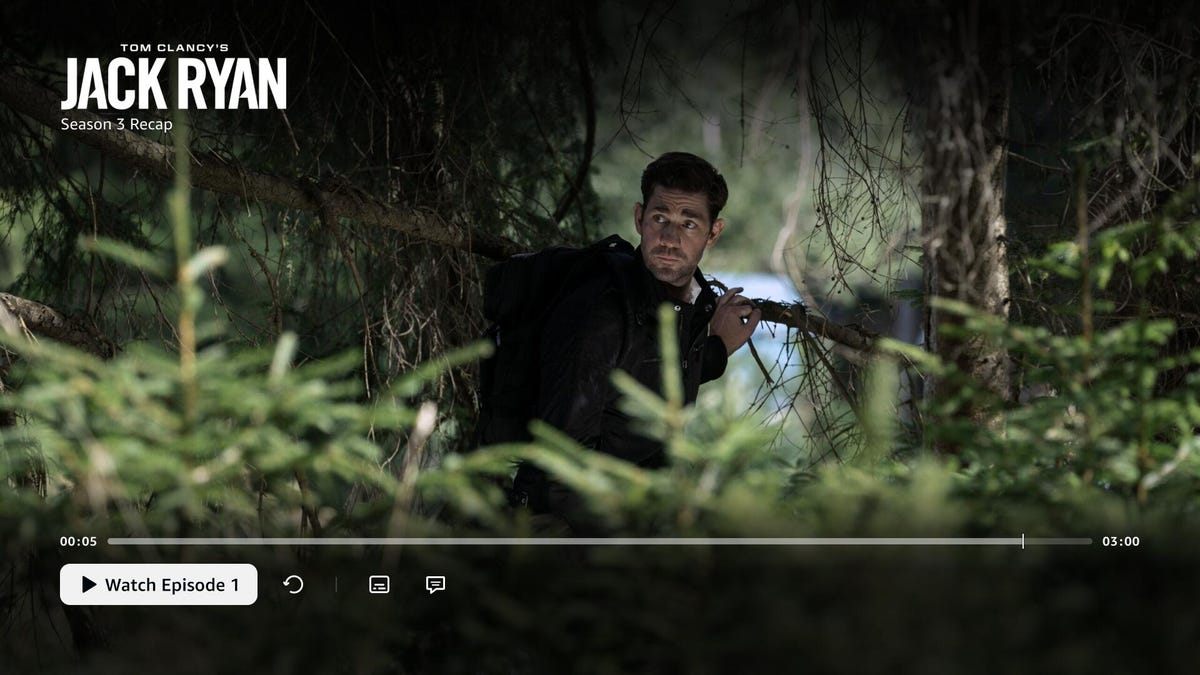
Amazon launched a limited beta of AI-generated Video Recaps for selected in-house Prime Video shows last month — titles like Fallout, Jack Ryan, The Rig, Upload and Bosch. But now the feature has made a generative AI about-face, with reports of it being removed from the app after fans found errors in the Fallout recap and posted about them online.
Don’t miss any of our unbiased tech content and lab-based reviews. Add CNET as a preferred Google source.
The Video Recaps feature stitches together video clips, audio effects, snippets of dialog, music and an AI-generated voiceover narration. According to Amazon, it «analyzes a season’s key plot points and character arcs to deeply understand the most pivotal moments that will resonate with viewers as they enter the next season.»
But as reported earlier by GamesRadar, a viewer recently posted in the r/Fallout subreddit that the season one recap incorrectly dated Cooper Howard’s flashbacks to 1950 when they were actually set in 2077.
«‘Cooper offers Lucy a choice in the finale: die, or join him’ phrased as if he’d be the one to kill her,» another viewer posted on X, describing one of the other AI errors in the recap.
Several outlets then noted that the recap option in the app seems to have disappeared. CNET Senior Editor Corinne Reichert’s app still displays the recap option, but nothing happens when it’s clicked.
As someone with a terrible memory, I would really, really like these types of features to work. Hope springs eternal, I guess.
Amazon did not immediately respond to a request for comment.
Technologies
Today’s NYT Mini Crossword Answers for Saturday, Dec. 13
Here are the answers for The New York Times Mini Crossword for Dec. 13.
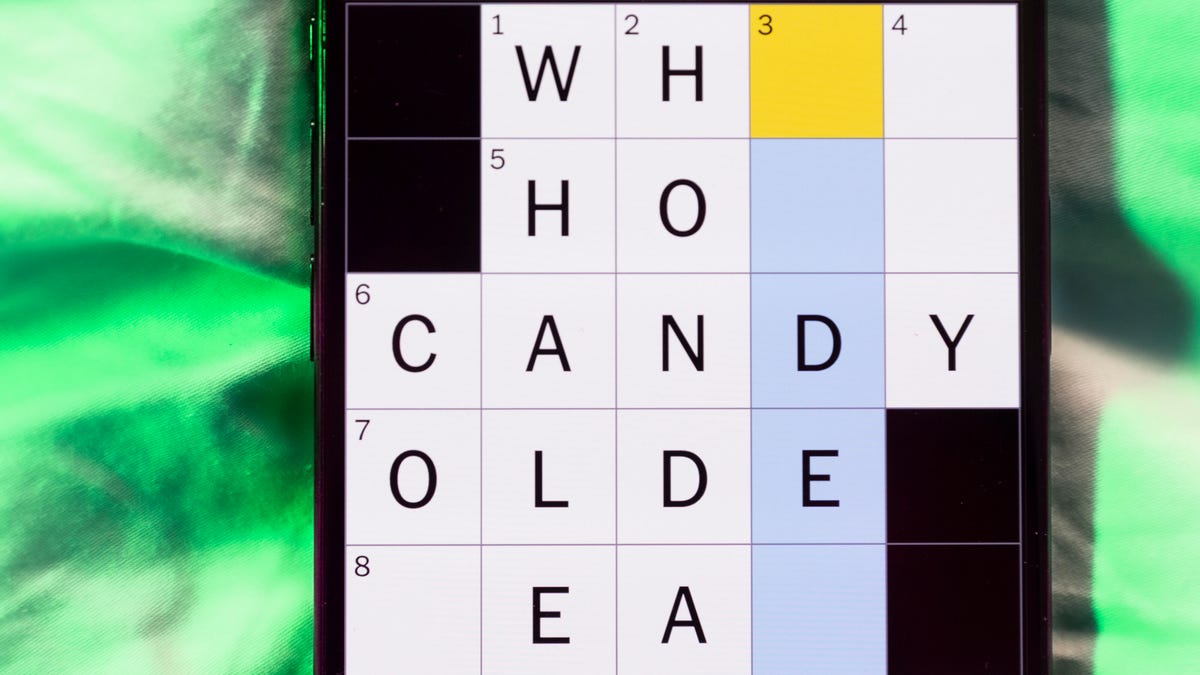
Looking for the most recent Mini Crossword answer? Click here for today’s Mini Crossword hints, as well as our daily answers and hints for The New York Times Wordle, Strands, Connections and Connections: Sports Edition puzzles.
Need some help with today’s Mini Crossword? It’s so long, it’s almost not a mini version today. Read on for the answers. And if you could use some hints and guidance for daily solving, check out our Mini Crossword tips.
If you’re looking for today’s Wordle, Connections, Connections: Sports Edition and Strands answers, you can visit CNET’s NYT puzzle hints page.
Read more: Tips and Tricks for Solving The New York Times Mini Crossword
Let’s get to those Mini Crossword clues and answers.
Mini across clues and answers
1A clue: Field trip vehicle
Answer: BUS
4A clue: Peter’s antagonist, in a musical tale
Answer: WOLF
8A clue: «Keep me posted,» in texts
Answer: LMK
9A clue: Opera solo
Answer: ARIA
10A clue: ___Pen (emergency device)
Answer: EPI
11A clue: With 12-Across, gets in order
Answer: SETS
12A clue: With 14-Across, what a tennis champ might win a match in
Answer: STRAIGHT
14A clue: See 12-Across
Answer: SETS
15A clue: «A long time ___ in a galaxy far, far away …»
Answer: AGO
16A clue: Shy and gentle
Answer: MEEK
17A clue: Prefix with apology or answer
Answer: NON
18A clue: Comes to a close
Answer: ENDS
19A clue: Have to pay
Answer: OWE
Mini down clues and answers
1D clue: «Goodness gracious!»
Answer: BLESSME
2D clue: Indefinitely many, informally
Answer: UMPTEEN
3D clue: Avoided, as an issue
Answer: SKIRTED
4D clue: «Now, where ___?»
Answer: WASI
5D clue: Green topping at a pizza parlor
Answer: OREGANO
6D clue: John who played Churchill on «The Crown»
Answer: LITHGOW
7D clue: Sneaky trick to «pull»
Answer: FASTONE
13D clue: Doesn’t just assume one has permission
Answer: ASKS
Don’t miss any of our unbiased tech content and lab-based reviews. Add CNET as a preferred Google source.
Technologies
Apple Watch Series 11 vs. Series 10: Are the Differences Enough to Justify Upgrading?
At first glance, the new Apple Watch Series 11 looks a lot like its previous-year model. We compare the specs to see what’s changed.
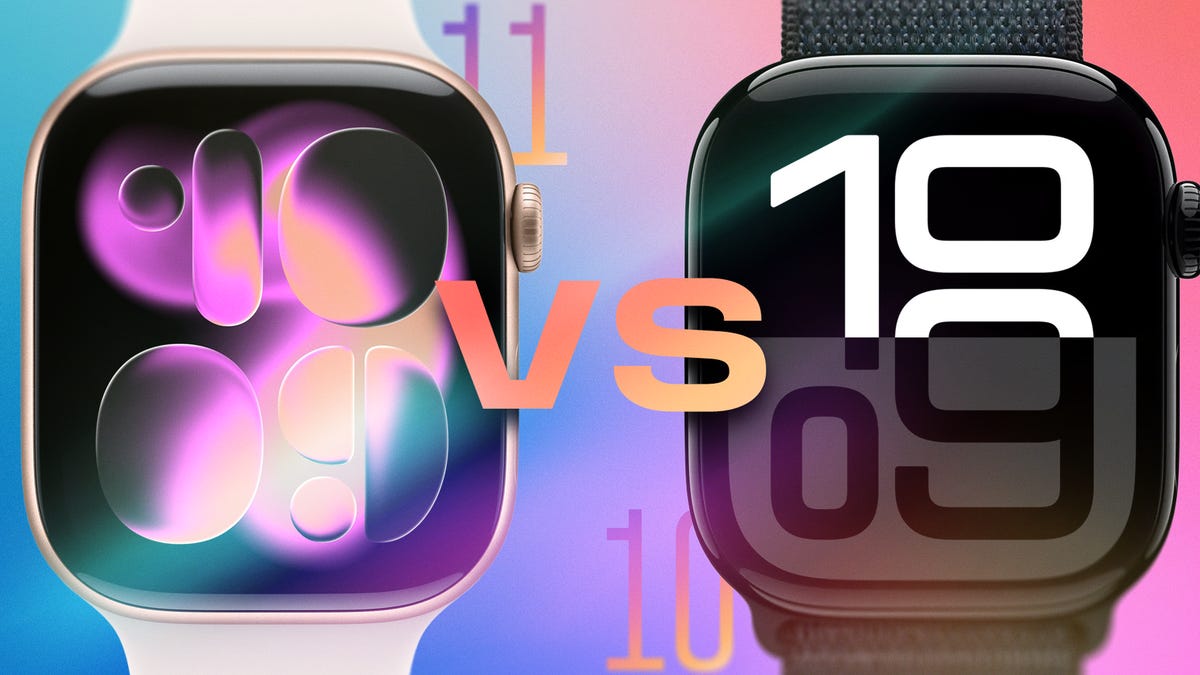
If you’re looking at getting an Apple Watch this holiday season, you have a tough choice: Should you buy the latest Apple Watch Series 11, or find a Series 10 that has most of the same features at a lower cost? Apple made incremental changes to its flagship smartwatch, while also introducing significant improvements to the Apple Watch Ultra 3 and Apple Watch SE 3.
There are still enough differences to make you look twice at moving up (especially if you’re coming from an older model). Let’s compare the models side by side and tease out the finer details.
Don’t miss any of our unbiased tech content and lab-based reviews. Add CNET as a preferred Google source.
Pricing the Apple Watch Series 11
The Series 11 has kept the same price as the Series 10. It starts at $399 for the model with an aluminum body or $699 for one made of titanium.
Add $30 for the larger 46mm case size in aluminum, or $50 for titanium. Opting for a model with a cellular radio that connects independently to networks adds $100. And if you choose a band made of something other than rubber or textile — a stainless steel link bracelet, for example — the price climbs further. Unfortunately, you can’t order just the watch case; you have to select a new band, even if it ends up in your drawer in favor of one you already own and prefer.
There’s also a titanium Apple Watch Hermès model available in silver titanium in both sizes that starts at $1,249.
Apple no longer sells the Series 10, since the Series 11 replaces it, but you can still find refurbished Series 10 models for less from Apple, and new models from other retailers while supplies last.
Apple Watch Series 11 vs. Series 10: Outward design
The Series 11 and Series 10 share the same case design and materials. The larger model measures 46mm tall by 39mm wide, while the smaller comes in at 42mm by 36mm. (Kudos to Apple for continuing to offer two sizes to accommodate people with different-sized wrists.) They’re also both 1mm slimmer than the Apple Watch models that came before, at 9.7mm.
Despite being mostly the same in dimensions, the Series 11 is slightly heavier than the Series 10. For example, the 46mm aluminum GPS Series 11 weighs 37.8 grams, up slightly from 36.4 grams for the Series 10. The 42mm versions come in at 30.3 grams and 30.0 grams, respectively.
For colors, the Series 11 adds a space gray aluminum option to go along with rose gold, silver and jet black. Both models are also available in titanium finishes of slate, gold and natural.
The physical controls are unchanged: the dial that Apple calls the Digital Crown and a side button (that Apple cleverly calls the «side button»). Only the Apple Watch Ultra includes a third physical control: the Action button.
Also noteworthy: The titanium Series 11 is made of 100% recycled titanium, up from 95% recycled material in the titanium Series 10. The display glass is made of 40% recycled glass in the Series 11; no amount is listed for the Series 10. And the battery in the Series 11 uses 100% recycled cobalt and 95% recycled lithium. (The Series 10 lists only 100% recycled cobalt.)
Series 11 vs. Series 10 screens
The screens on both the Series 11 and Series 10 watches have a wide-angle LTPO 3 OLED display. That means it’s easier to see the contents from an angle, and the always-on display refreshes once per second, allowing the seconds counter to move even when the watch is in inactive mode.
LTPO3 screens are also more power efficient. The screens reach up to 2,000 nits for clear visibility in sunlight and dim down to just 1 nit in darkness.
The key difference between the Series 11 and Series 10 screens lies in the glass covering. On the Series 11 aluminum models, Apple uses Ion-X glass, which it claims is twice as scratch-resistant as the glass on previous aluminum versions. The titanium Series 11 uses a sapphire crystal display.
Apple Watch processor and chips
Normally we’d highlight how the new processor improves on its predecessor, but for 2025 Apple stuck with the same S10 processor found in the Series 10. That also means the other chips remain the same, too: the W3 Apple Wireless chip, the second-generation Ultra Wideband chip (for precise Find My location tracking), a four-core Neural Engine and 64GB of storage.
Battery power: Series 11 vs. Series 10
Battery life is where the two models get really interesting. Apple doesn’t reveal how large the built-in lithium-ion battery is or its capacity, but it is claiming up to 24 hours for the Series 11 compared to 18 hours for the Series 10. In Low Power Mode, that’s up to 38 hours for the Series 11, up from 36 hours in the Series 10.
It’s not entirely clear where Apple squeezed an extra six hours of battery life out of what appears to be mostly identical hardware. Both phones use the same S10 processor, though there are likely software optimizations in WatchOS 26. CNET lead writer Vanessa Hand Orellana found that, at least initially, Apple may be undercounting the battery performance, writing in her review, «With notifications turned on (heavy Slack-ing and texting), at least one 30- to 45-minute outdoor workout a day, a full night of sleep tracking and some mild flashlight use, I’ve consistently managed to squeeze between 27 and 32 hours per charge.»
As for charging the watches, both the Series 11 and Series 10 can be charged up to 80% in about 30 minutes. Apple says that with a 20W power adapter, 15 minutes of fast charging provides up to 8 hours of regular use, while just five minutes is enough for eight hours of sleep tracking — thanks to the watch’s much lower power demands while you’re asleep. Apple’s comparison information for the Series 10 doesn’t list those last two metrics, but that seems more due to it being a marketing point last year versus a new capability in the Series 11.
Comparing the sensors of the Series 11 and Series 10
The Apple Watch’s sensors power health features that range from heart-rate monitoring to depth sensing to precise location tracking. That said…
They’re identical in the Series 11 and Series 10. No changes here.
Another change: Connectivity in the Series 11 and Series 10
One of the more notable changes in the cellular models of the Series 11 is support for 5G networks, specifically a power-efficient type called 5G Reduced Capacity (or 5G RedCap). That allows it to connect to both 5G and LTE networks without having to go through a connected iPhone, and the 5G speeds should be better. By comparison, the cellular Series 10 supports LTE and UMTS (3G).
Part of incorporating 5G into the Series 11 models is a redesigned cellular antenna and an algorithm that «simultaneously engages the two system antennas when needed, significantly increasing the signal strength,» according to Apple’s Series 11 press release. That algorithm is exclusive to the Series 11 and Apple Watch Ultra 3, per Apple.
Both Apple Watch models support Wi-Fi 4 (802.11n) at 2.5GHz and 5GHz speeds. (Apple’s comparison page only lists the speeds for the Series 11, but an Apple Watch Wi-Fi support page notes 5GHz has been supported since the Series 6 watches.)
Both watches talk to the iPhone and other peripherals using Bluetooth 5.3.
WatchOS 26 on the Apple Watch Series 11 and Series 10
The new features of WatchOS 26 come to both watch models, including hypertension notifications, Sleep Score and the Blood Oxygen app (making its reappearance in the US amid an ongoing legal dispute). Apple’s comparison page lists the new Wrist Flick gesture for the Series 11 but not the Series 10, but that must be a typo because I can confirm that it works on my Series 10 watch.
Apple Watch Series 11 vs. Apple Watch Series 10
| Apple Watch Series 11 | Apple Watch Series 10 | |
| Design & sizes | Rectangular, 42mm, 46mm | Rectangular, 42mm, 46mm |
| Display | 42mm: 446 x 374 pixels, LTPO3 OLED Retina display, Wide-angle OLED 46mm: 416 x 496 pixels, LTPO3 OLED Retina display, Wide-angle OLED | 446 x 374 ppi, LTPO3 OLED Retina display, Wide-angle OLED |
| Brightness | Between 1 and 2000 nits | 2000 nits |
| Thickness & weight | 46mm size: 9.7mm; 37.8g (aluminum), 36.9g (aluminum GPS+Cellular), 43.1g (titanium) 42mm size: 9.7mm; 30.3g (aluminum), 29.7g (aluminum GPS+Cellular), 34.6g (titanium) | 9.7mm; 30-41.7g (46mm titanium model) |
| Material & finish | Aluminum: jet black, rose gold or silver finish; titanium: slate, gold or natural finish | Aluminum: jet black, rose gold or silver finish; titanium: slate, gold or natural finish |
| Durability | 5ATM Water + IP6X (dust) | 5ATM Water + IP6X (dust) |
| Battery life | Up to 24 hours, up to 38 hours Low Power (always-on) + Fast charge: 80% in 30 min, 100% in 60 min | 24-30 (always-on) + Fast charge: 80% in 30 min, 100% in 60 min |
| Sensors | ECG, 3rd-gen optical heart sensor, skin temp, depth gauge, SpO2, Noise monitoring, water temperature, compass | ECG, heart rate, skin temp, depth gauge, SpO2, Noise monitoring |
| Emergency features | Satellite SOS, Emergency SOS, Fall detection, Crash detection, Check in and Backtrack | Emergency SOS, Fall detection, Crash detection, Check in and Backtrack |
| AI & coaching | Siri (voice assistant); Workout Buddy | Siri (voice assistant); Workout Buddy |
| Processor | S10 SiP with 64-bit dual-core processor, W3 Apple wireless chip | S10 SiP with 64-bit dual-core processor, W3 Apple wireless chip |
| RAM/Storage | 64GB (storage) | 64GB (storage) |
| Payments | Apple Pay | Apple Pay |
| Price (US) | $399-$750 (titanium) | $399-$750 (titanium) |
-
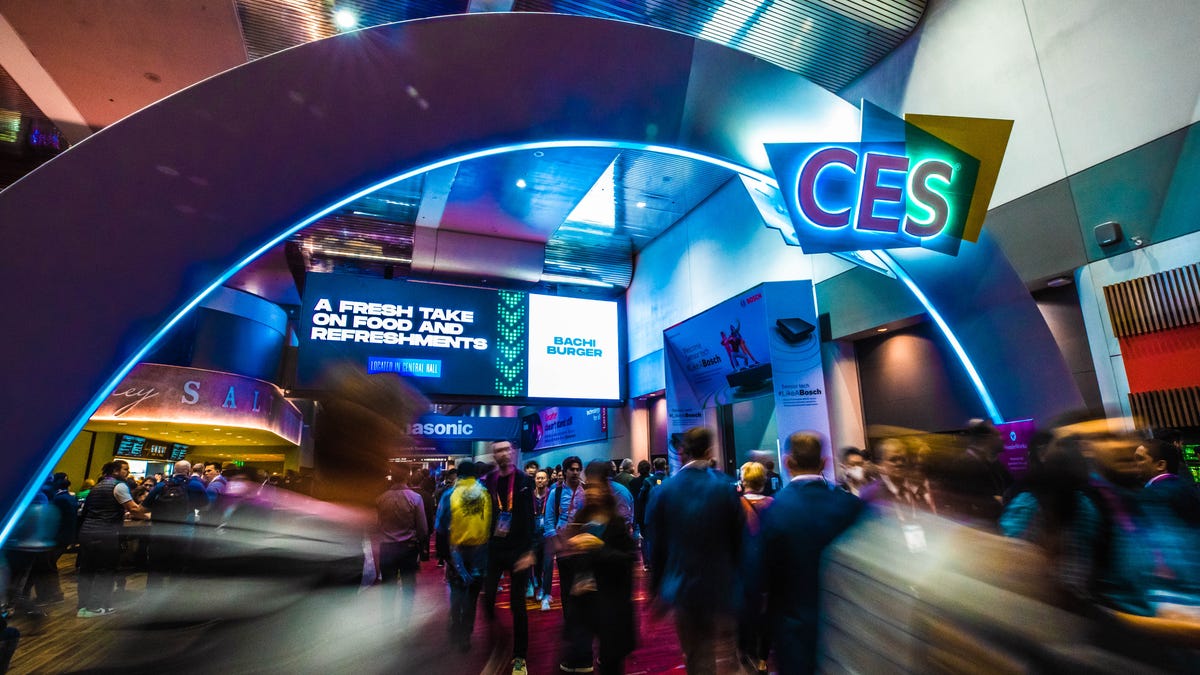
 Technologies3 года ago
Technologies3 года agoTech Companies Need to Be Held Accountable for Security, Experts Say
-

 Technologies3 года ago
Technologies3 года agoBest Handheld Game Console in 2023
-

 Technologies3 года ago
Technologies3 года agoTighten Up Your VR Game With the Best Head Straps for Quest 2
-
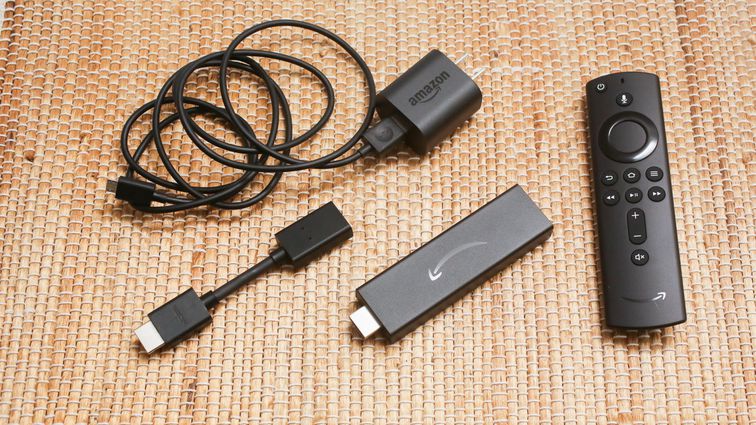
 Technologies4 года ago
Technologies4 года agoBlack Friday 2021: The best deals on TVs, headphones, kitchenware, and more
-
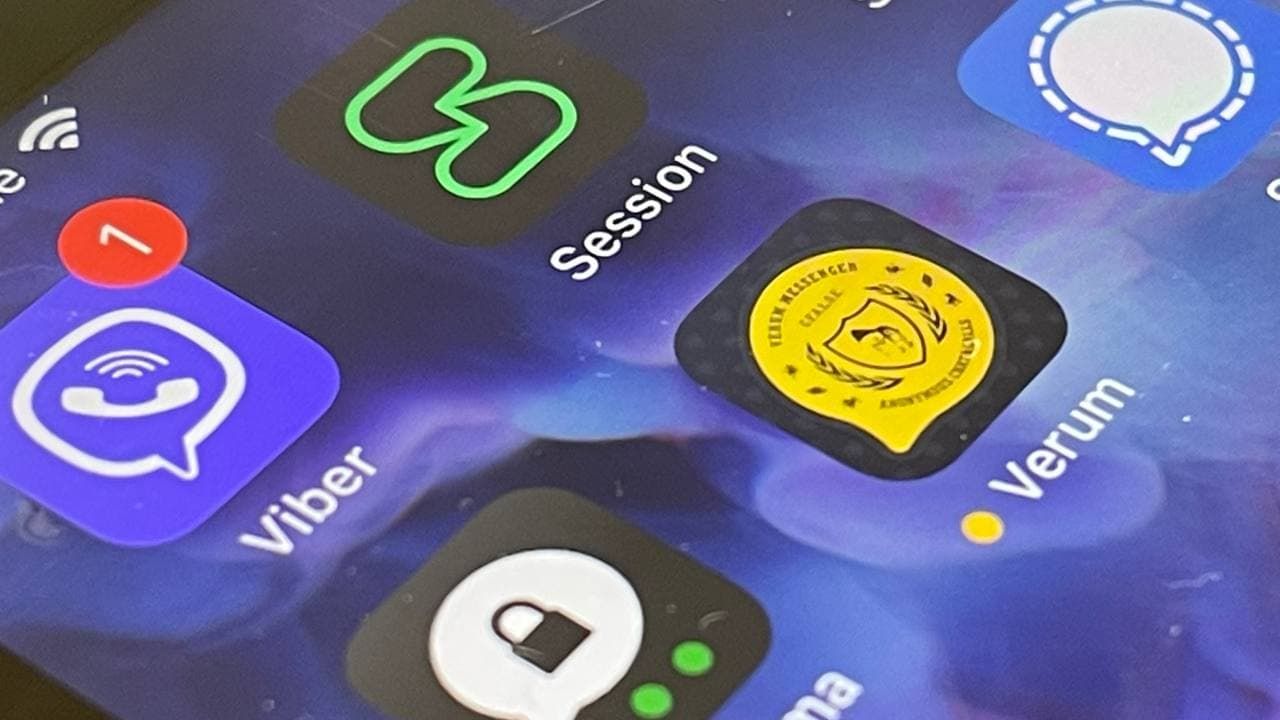
 Technologies4 года ago
Technologies4 года agoVerum, Wickr and Threema: next generation secured messengers
-

 Technologies4 года ago
Technologies4 года agoGoogle to require vaccinations as Silicon Valley rethinks return-to-office policies
-

 Technologies4 года ago
Technologies4 года agoOlivia Harlan Dekker for Verum Messenger
-
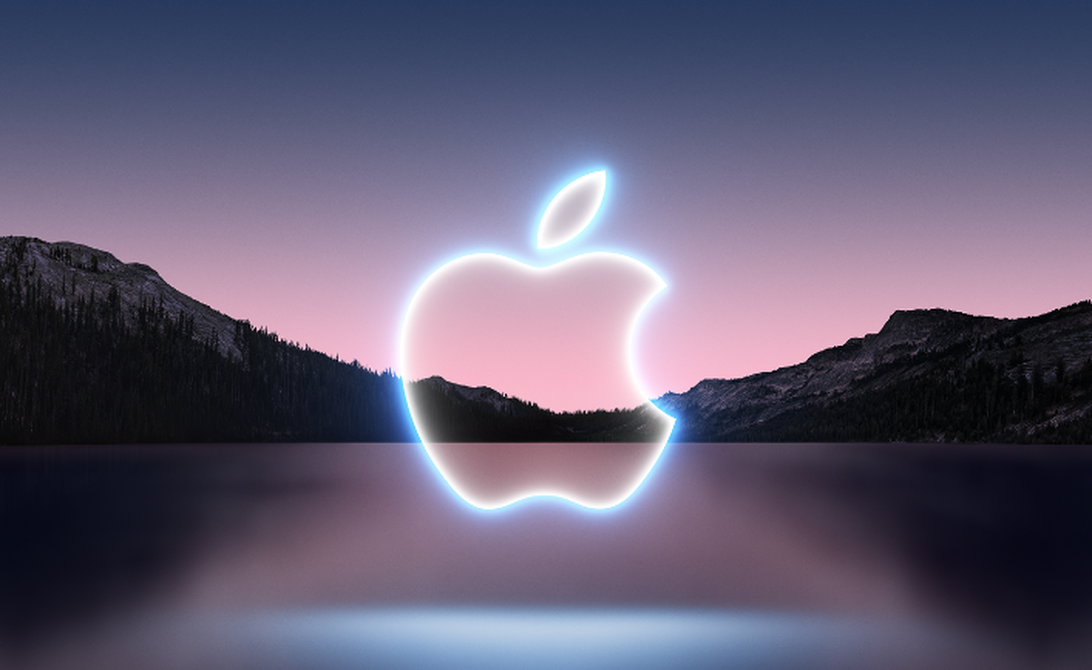
 Technologies4 года ago
Technologies4 года agoiPhone 13 event: How to watch Apple’s big announcement tomorrow
